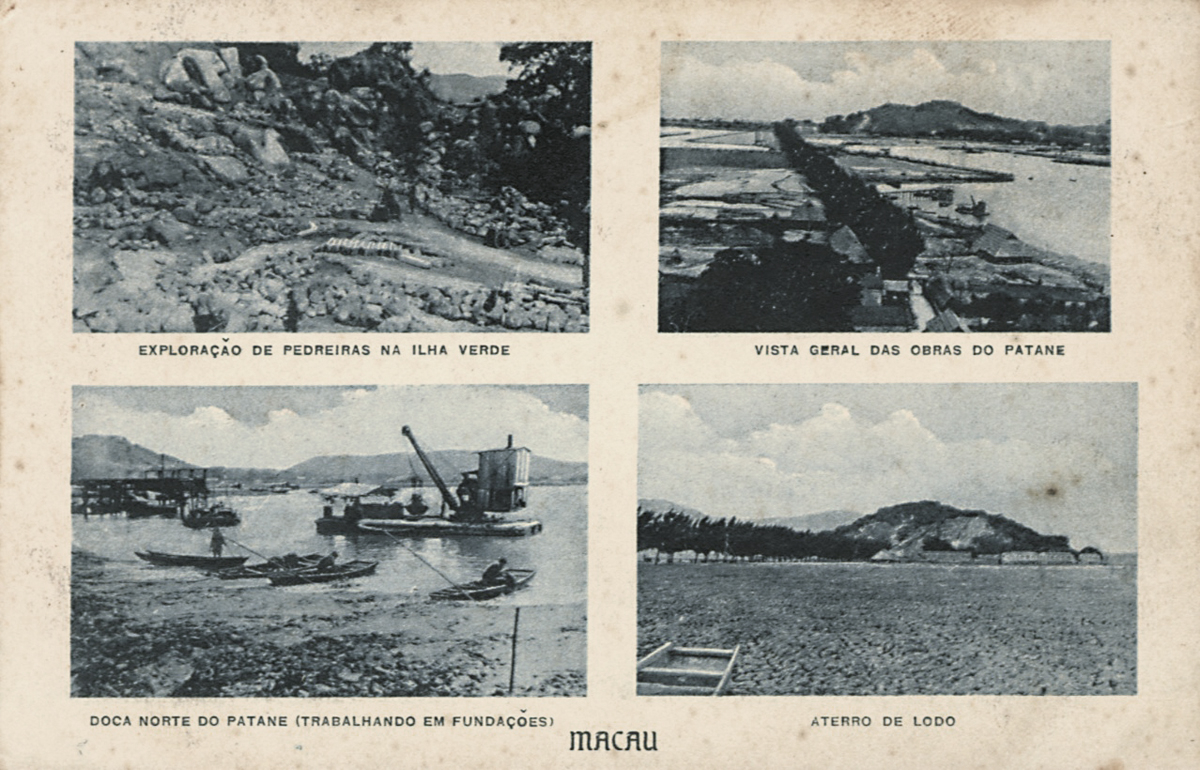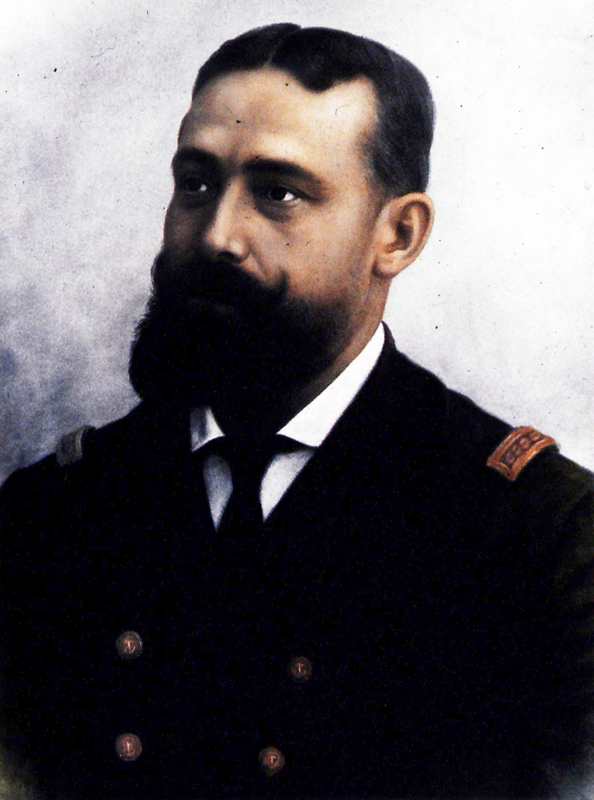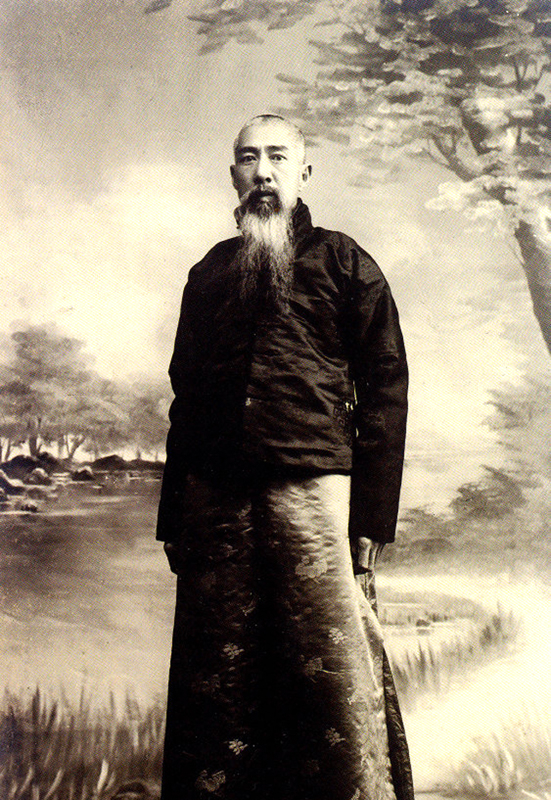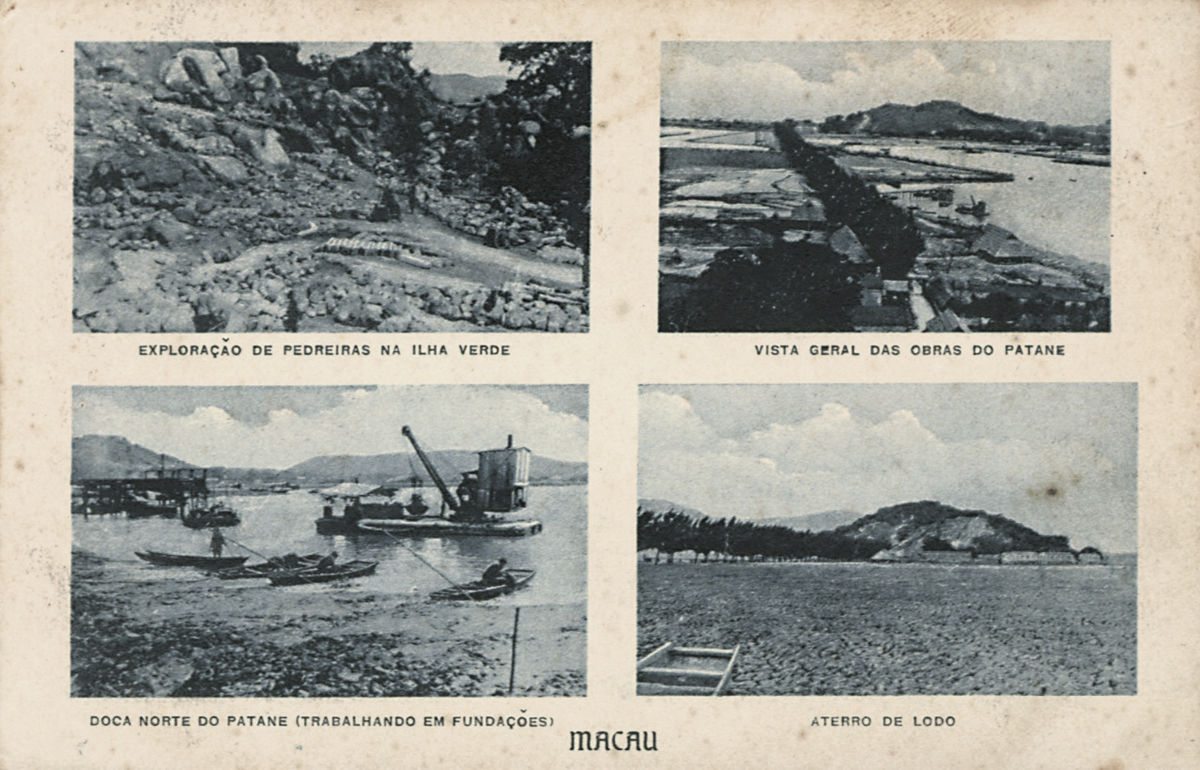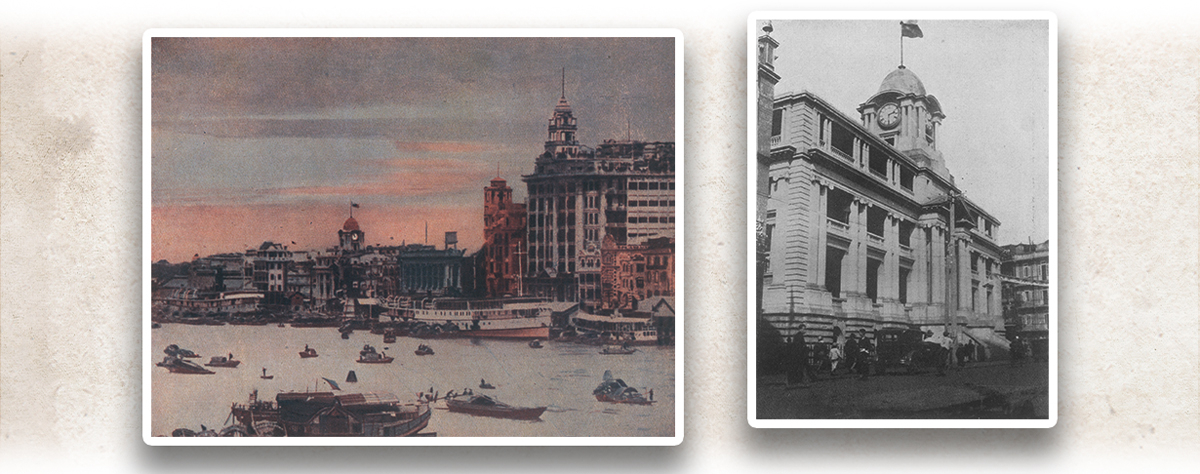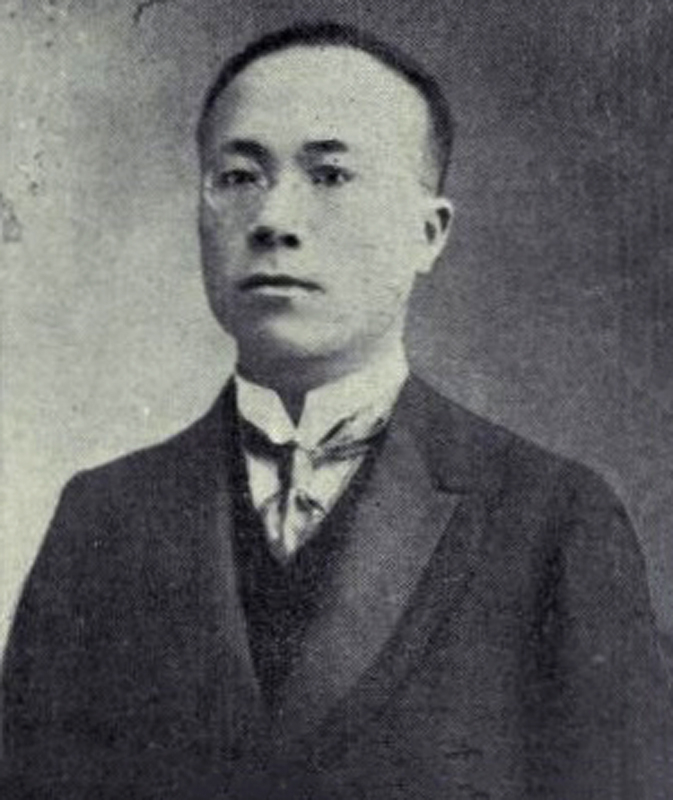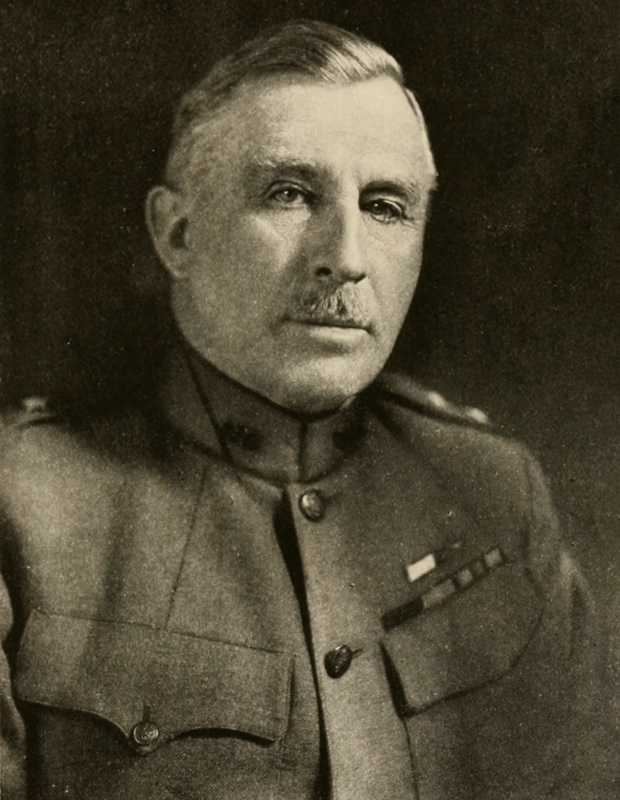China and Portugal signed the Sino-Portuguese Treaty of Peking (《中葡和好通商條約》) in 1887. However, it left the Macao’s (Macau) boundary issue unsettled, which became a decades-spanning Sino-Portuguese diplomatic challenge. Disputes over Macao’s maritime boundaries emerged when the Canton Custom collided with the Portuguese Macao government in the former’s operations against smugglers and pirates in the early 20th century. Meanwhile, the Portuguese Macao government’s large-scale land reclamation projects near Macao’s Inner Harbour for boosting trade provoked China. The Guangdong (廣東) Constitutional Protection Junta took the initiative to approach the Portuguese Macao government for negotiations over the Macao’s boundary issue in 1919. Portugal even submitted the issue to the Washington Naval Conference for international arbitration. However, the issue was shelved as negotiations ended in deadlock.
|
|
How did the Guangdong Constitutional Protection Junta and the Portuguese Macao government negotiate over the Macao’s boundary issue? |
|
|
See answer below. |
The Governor of Macao José Carlos da Maia requested the Portuguese embassy in Beijing (北京) in 1914 to carry out a boundary survey to proceed the construction projects in Macao’s port and settle Macao’s maritime boundary issue.
Sun Baoqi (孫寶琦), the Foreign Minister of the Republic of China. Sun met with the Portuguese Minister to China, J. Batalha de Freitas, in 1914. Both sides agreed to solve the Macao’s boundary issue as soon as possible.
On 2 April 1914, J. Batalha de Freitas, the Portuguese Minister to China, took the initiative to visit Sun Baoqi, the Foreign Minister of the Republic of China, on 2 April 1914 to settle the Macao’s boundary issue swiftly. The Chinese government then sent inspectors to Macao for an inspection and ordered Long Jiguang (龍濟光), the Governor of Guangdong Province, to augment forces against Portuguese Macao for the boundary survey. At first, the two sides agreed to address the issue in closed-door negotiations. However, they came to a halt when the Portuguese Macao government set out land reclamation projects in the Macao Peninsula and Wanzai, and dispatched troops to the latter in 1915.
Postcards featuring the land reclamation projects in Macao in the early 20th century. China opposed the projects in fear that the Portuguese Macao government would expand its controlled areas by reclamation when Macao’s land and maritime boundaries were undetermined. (Collection of Mr. Lei Kun-min, Macao In Postcards, 19th & 20th Centuries, published by Macao Association for Historical Education, cited from “Macau Memory”, Macao Foundation)
Two photos of Changdi Road (長堤大馬路), Guangzhou (廣州), featuring the Canton Customs building in the Republican era. During this period, the Canton Customs and the Portuguese Macao government frequently clashed over the former’s anti-smuggling operations.
The waters near Macao were fraught with pirates (photoed) and smugglers during the Republican era. Sino-Portuguese clashes emerged during law enforcement operations.
The September 16th Incident was one of the many Sino-Portuguese clashes that inflicted casualties during maritime law enforcement operations in the early 20th century. The Portuguese Macao government’s warships conflicted with the Chinese warships carrying piracy operation at Wanzai on 16 September 1921. The Chinese fired on the Portuguese, killing two and injuring three on the Portuguese side.
Wu Chaoshu (伍朝樞), the Deputy Foreign Minister of the Guangdong Constitutional Protection Junta. Wu and the Consul General of Portugal in Guangzhou negotiated the Macao’s boundary issue in 1920.
Sun Yat-sen (孫中山) established the Constitutional Protection Junta and launched the Constitutional Protection Movement in Guangzhou in 1917 to confront the Beiyang government (北洋政府) in Beijing (北京), who refused to restore the Provisional Constitution of the Republic of China (《中華民國臨時約法》). The Constitutional Protection Junta was renamed the Government of the Republic of China in 1921 when Sun was elected as the “Extraordinary President” (as a reference to the extraordinary times). As a result, there were two “Government of the Republic of China”, one in Beijing, another in Guangzhou. Most states, including Portugal, recognised the government in Beijing. However, the Portuguese Macao government also had to negotiate with the Guangzhou government over the Macao matter due to their geographical proximity.
Henrique Monteiro Correia da Silva dealt with the Macao’s boundary issue during his tenure as the Governor of Macao between August 1919 and January 1923.
The 1921 Washington Naval Conference brought together the United States, Britain, Japan, France, Italy, the Netherlands, Belgium, Portugal, and China. On the top of the agenda were two subjects: limitations of naval armaments and problems in the Pacific Ocean and the Far East.
The Chinese chief delegate on the conference was Shi Zhaoji (施肇基) and the Portuguese chief delegate was José Francisco de Horta Machado da Franca, Viscount of Alte. The Portuguese delegates proposed to arbitrate the dispute over Macao’s boundaries.
The conference designated Leonard Wood, the Governor General of the Philippine Islands, as the arbitrator. Still, no conclusive statement was made on Macao’s boundaries.
After the fruitless negotiations between Portugal and the Guangdong Constitutional Protection Junta in 1920, Portugal intended to take the boundary matter to the 1921 Washington Naval Conference for international arbitration but met Chinese opposition. The matter was shelved since then.
|
|
How did the Guangdong Constitutional Protection Junta and the Portuguese Macao government negotiate over the Macao’s boundary issue? |
|
|
The Guangdong Constitutional Protection Junta demanded to stop land reclamation projects in waters near Macao in 1919 but was ignored by the Portuguese Macao government. The Junta then dispatched troops to garrison the Macao area and sent representatives for negotiations in January 1920. On 27 January, Wu Chaoshu, the Junta’s Deputy Foreign Minister, and Amadeu da Silva, the Consul General of Portugal in Guangzhou, convened in Guangzhou on 27 January the same year. Wu put forward that Portugal should suspend all land reclamation projects before the boundary demarcation. He also asserted that Chinese warships had no obligation to register when sailing near Macao and that the boundary issue should be solved as soon as possible. In the end, the two sides failed to reach a consensus but agreements were made regarding port construction projects, convicts transfer, and anti-smuggling measures. |
Photo courtesy of Mr. Alex Lou, Vice Chairman of The Heritage Society (pictures 1 and 7), Macao Foundation (picture 3), Fotoe (pictures 2, 4, 8, and 9), and misc. photo sources.




